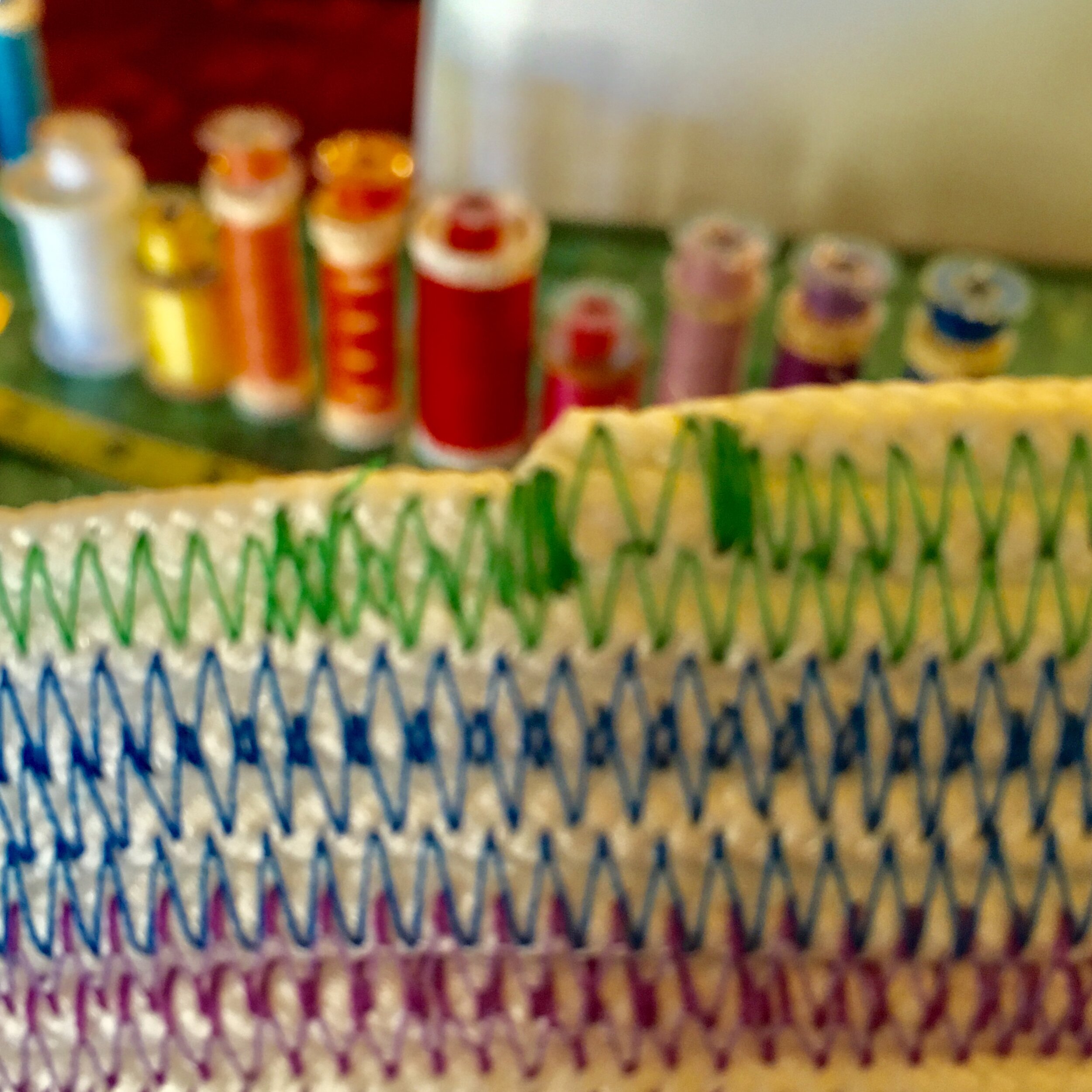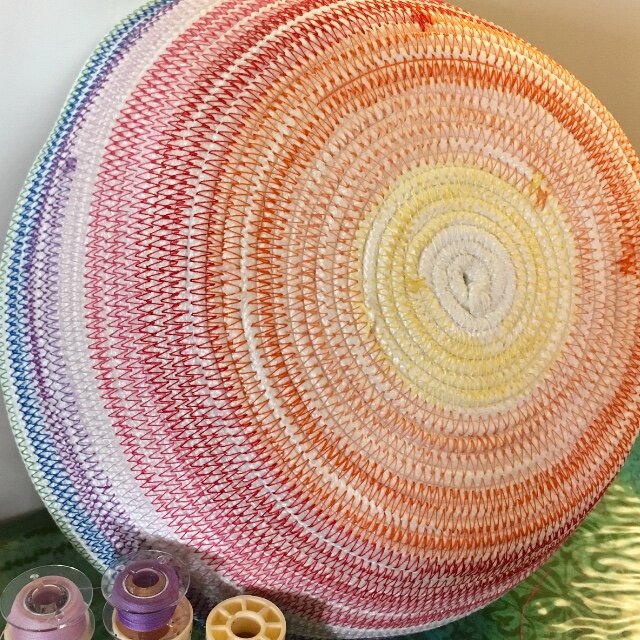Along with sewing machines shops, fabric shops, and pattern companies, there are still a few other vendors you will want to know. This is not an entire listing, but here are three of my favorites:
ARC Document Solutions -you may remember we tried to have a huge printer in the Studio to print PDF patterns when first opened. We just could not get the hang of all the different settings needed, and, actually, after two visits from a specialist from Kentucky, Arc let us out of the lease.
Good news is that ARC is really easy to get to from any part of town, and they know who we are and what PDF patterns should look like, no explaining needed. Just order your pattern and email to columbus.digital@e-arc.com. When the large paper sheets are ready for pick up, they will advise you by email. Cost is around $3/per 3’X4’ sheet, which is nice study paper. NO MORE TAPING.
The Finest Edge - Mobile Sharpening - Lou, the owner, was here for our grand opening last year and we found out that if it cuts, he can sharpen it. If you are finding that you have to use some force to cut, then your scissors need sharped. Go to Lou’s website to find out where his truck will be next.
www.finestedgesharpening.com .
WithOut A Trace - Unfortunately, this company is not local, they are based in Chicago and very easy to work with. I was so lucky to find them when a stray ash fell on a beautiful new pair of wool gaberdine slacks and left a hole. I roamed the web looking for youtube videos, and then stumbled on Without A Trace. One of their services is reweaving: finding some threads within the original garment to reweave the hole. Their work is unbelievable. They put a pin where the hole was, or you can’t find the hole. I have sent them sweaters, and recently a pretty new jumper that I sliced open with a seam ripper….ugh. I’ll show you the After when I get it back. Now, since a TV show started with the same name, you need to add reweaving to the search or you will get lots of scrolling about the TV show. Here is there website:
www.withoutatrace.com.
If you have a favorite vendor that makes your sewing easier, let us know about them via email and we will collect and do another blog in the future……best.
Gail






































